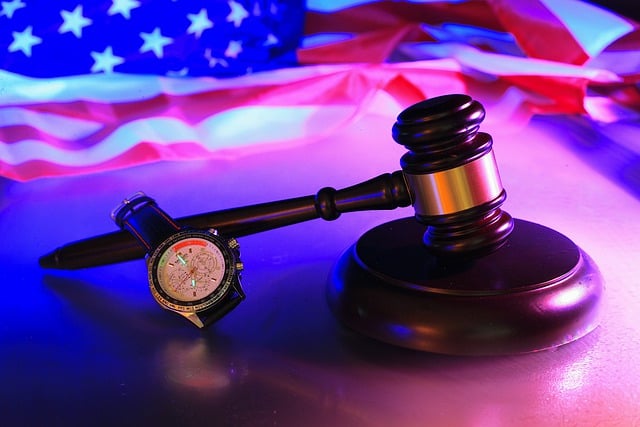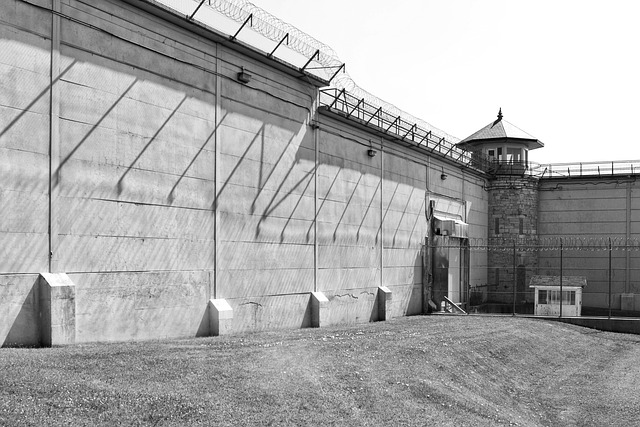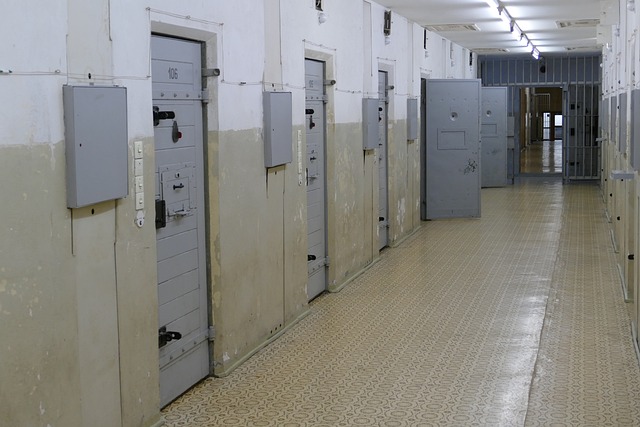Pedestrians have legal rights that ensure their safety on public roads, crucial for fostering responsible driving and preventing accidents that could lead to Property Damage Liability (PDL) in DUIs. Advocacy for these rights, achieved through community engagement and infrastructure improvements, reduces risks and prevents pedestrians from being held liable. PDL insurance is a critical component of motor vehicle policies, holding DUI drivers accountable for property damage and ensuring compensation for affected pedestrians. Urban planning should prioritize walkability to enhance safety, reduce congestion, and mitigate air pollution. When injured due to a driver's negligence, including DUI, understanding PDL rights and seeking legal counsel from an experienced attorney is essential for fair compensation.
In today’s bustling urban landscapes, ensuring pedestrians’ rights and safe streets is paramount. This comprehensive guide explores vital aspects of pedestrian safety, from understanding legal rights to advocating for community change. We delve into key areas like property damage liability in DUI cases, emphasizing the importance of protection for vulnerable walkers. By examining urban planning strategies and legal recourse for injuries, this article offers insights into creating walkable communities where everyone can move freely and securely.
- Understanding Pedestrians' Rights: A Comprehensive Overview
- Safe Streets: The Role of Community Engagement and Advocacy
- Property Damage Liability in DUI Cases: Protecting Pedestrians
- Urban Planning for Pedestrian Safety: Designing Walkable Communities
- Legal Recourse for Pedestrian Injuries: Seeking Justice and Compensation
Understanding Pedestrians' Rights: A Comprehensive Overview

Pedestrians have rights, just like any other road user, and ensuring their safety is paramount for every community. Understanding these rights is crucial in fostering a culture of responsible driving and reducing incidents that may lead to property damage liability in DUIs or other traffic-related accidents. In many jurisdictions, the law specifically outlines the rights of pedestrians, including the right to cross streets safely, the right to be free from harm, and the right to use sidewalks and crosswalks without interference.
These laws are designed to protect individuals who, unlike vehicle occupants, have no physical barrier between them and potential hazards on the road. Pedestrians’ rights encompass several key aspects: the right to visible and functional traffic signals and crosswalks, the right to be yielded to when crossing streets, and the right to safe passage without being hit or run over. Knowing and advocating for these rights can help promote safer street environments, reduce accidents, and ensure that pedestrians are not held liable for property damage resulting from avoidable collisions, especially in cases of driver negligence or intoxication.
Safe Streets: The Role of Community Engagement and Advocacy

In creating safe streets for pedestrians, community engagement and advocacy play a pivotal role. When residents actively participate in shaping their urban environment, they can address issues like inadequate sidewalks, poor lighting, and speeding vehicles that pose significant risks to pedestrian safety. By organizing public meetings, conducting surveys, and collaborating with local authorities, communities can gather valuable insights and advocate for necessary infrastructure improvements. This collaborative approach ensures that street designs prioritize the needs of pedestrians, fostering a safer environment for everyone.
Moreover, community engagement fosters a sense of collective responsibility. Residents who are invested in their neighborhood’s safety are more likely to report hazards, participate in local watch programs, and encourage fellow neighbors to follow traffic rules. This proactive stance not only reduces instances of property damage liability in DUIs but also creates a culture where everyone is vigilant about keeping the streets secure. Such initiatives can lead to tangible improvements, ultimately enhancing the quality of life for all pedestrians.
Property Damage Liability in DUI Cases: Protecting Pedestrians
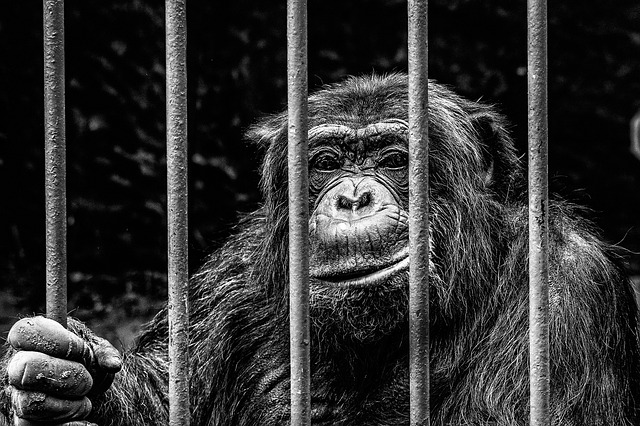
In cases of Driver Under Influence (DUI) accidents, property damage liability plays a crucial role in ensuring justice and compensation for those affected, including pedestrians. When a DUI driver causes harm to public or private property, they are legally responsible for the damages under property damage liability insurance. This coverage is an essential aspect of motor vehicle insurance policies, designed to protect both drivers and others on the road. In the event of a pedestrian-related accident, this liability can help cover costs such as medical expenses, repairs to public infrastructure or private property, and legal fees associated with the case.
By holding DUI drivers accountable for property damage, communities can foster safer street environments. This financial responsibility encourages drivers to exercise caution, knowing that their actions have consequences. Moreover, it ensures that pedestrians have access to compensation when they become victims of drunk driving incidents, potentially leading to improved safety measures and a reduction in similar future occurrences.
Urban Planning for Pedestrian Safety: Designing Walkable Communities
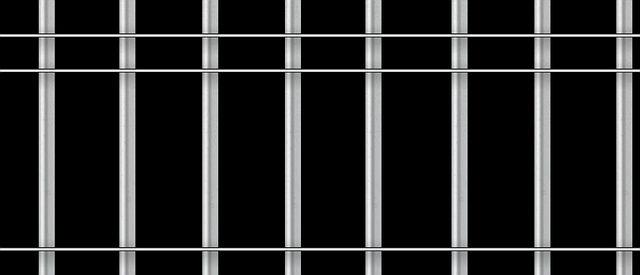
In urban planning, designing safe and walkable communities should be a priority to ensure pedestrians’ rights and well-being. Streets should be engineered with a focus on minimizing vehicle speeds, promoting clear visibility, and providing dedicated spaces for pedestrians, such as sidewalks and crosswalks. Well-designed urban environments encourage walking, reducing reliance on cars and thereby decreasing traffic congestion and air pollution. Moreover, pedestrian-friendly areas can foster social connections and enhance the overall quality of life in neighborhoods.
Creating walkable communities involves considering various factors, including landscape architecture, street lighting, signage, and traffic calming measures. Adequate funding for urban planning that prioritizes pedestrians is crucial to mitigating risks associated with Property Damage Liability in DUIs and other traffic accidents. By making streets safer and more inviting for pedestrians, cities can promote healthier lifestyles, reduce environmental impact, and create vibrant, livable spaces where folks can enjoy a greater sense of security and community engagement.
Legal Recourse for Pedestrian Injuries: Seeking Justice and Compensation

When a pedestrian is injured due to another’s negligence, they have legal rights and recourse. In cases where a driver’s actions result in property damage and personal injuries for pedestrians, understanding the law is crucial. Property Damage Liability (PDL) insurance often comes into play here, especially in scenarios involving DUI (Drunk Driving Under Influence). If you or someone else has been harmed as a pedestrian because of a driver under the influence, you may be entitled to compensation for medical bills, pain and suffering, lost wages, and more.
Seeking legal counsel is essential when pursuing such cases. An experienced attorney can guide victims through the complex process of filing a claim against the at-fault driver’s insurance company. This involves gathering evidence, including witness statements, police reports, and potentially, blood alcohol level tests for the DUI suspect. By understanding their rights and navigating the legal system, pedestrians can ensure they receive fair compensation and justice for their injuries.
Pedestrians’ rights and safe streets go hand in hand, fostering walkable communities that are not only enjoyable but also secure. By understanding our rights and advocating for change through community engagement, we can ensure urban planning that prioritizes pedestrian safety. Additionally, being aware of legal recourse options, such as seeking compensation for injuries and property damage liability in DUI cases, empowers us to protect ourselves and hold accountable those who endanger our well-being. Together, these measures contribute to a more just and safe environment for all pedestrians.

